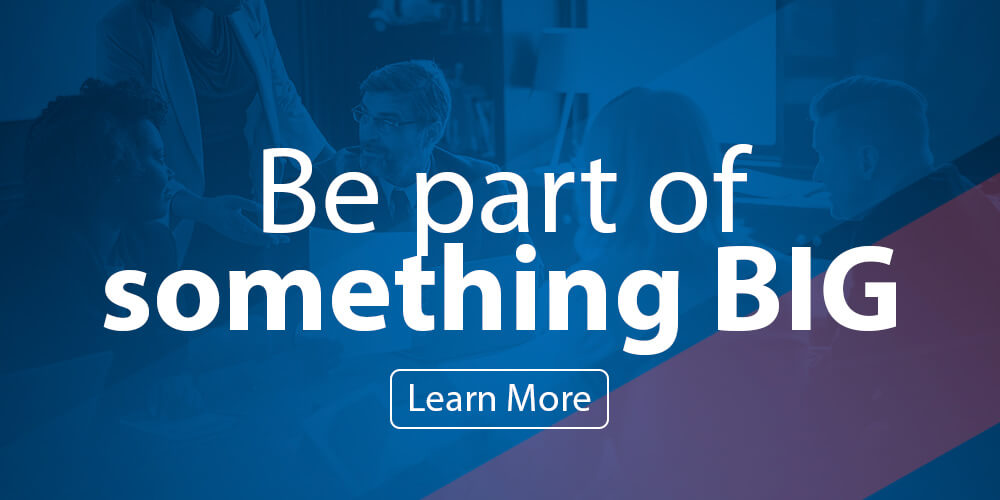Guest post by Robert Kramers Most people do not like change, not really. Humans are creatures of habit, and whilst they like the excitement that change can bring, they are averse to the apprehension and the uncertainty that comes with it. We only truly enjoy change when the change we’ve made becomes the norm, when the initial fear fades and we realize that not only are things going to continue to be okay, but they will be so in a new and exciting environment. Change is great for the individual and the business. Change helps you to adapt, it helps you to step away from the stagnant and to take a giant leap into the exhilarating rush of the unknown. To succeed in business, companies need to change. It doesn’t matter if you’ve been in business for a hundred years or for ten, change is always just around the corner. Things move fast, technology takes over and we learn newer, quicker and more efficient ways of doing things, and if you don’t build your business around these new ways then your competitors will and they will move ahead of you in the process. Here are 5 checkpoints you need to consider for any major business change to ensure best results:
Planning and Review
As they say, failing to plan is like planning to fail. Some tips for effective planning:
– Review where your business excels and where business focus should be.
– Goal set clearly so that you can measure success throughout the process of implementation.
– Determine where “old ways” may hinder the output for change.
– Assess current intellectual property rights and where issues may arise with the new model.
– Ensure you are collecively (businesswide) onboard with objective goals as this will be your main driving force behind adapting to the change.
Concentrate on what matters – your customers
Times are constantly changing and people want different things now to what they did several years ago. These changes can be big and obvious, but they can also be very subtle and hard to foresee. If, however, you are in tune with your business and your customers then you will see the trends coming and can adapt accordingly. Your customers should be at the front of the line when it comes to making decisions around how the business will continue to provide effective services and products. Some ideas to help:
– Client feedback on where business can improve
– Research non-bias reviews of your business / product
– Execute incentive for customers (new and old) to share thoughts through a survey.
Make sure plans stick
Change is great, but if those changes don’t stick then you’ll probably create more problems than it was worth. Making sure that the change is well executed and well planned and not rushed can help with ensuring sustainable progress toward the common goal, without having to re-visit the drawing board.
Simple steps help with ensuring tasks and milestones are executed effectively and properly. On the contrary, overcomplicating processes can lead to the feeling that there is too much to do and nowhere to turn, resulting in.
Adapt your surroundings
Most business-wide re-modeling projects involve changes to business processes, employment structures and the way people work together. Keeping peer collaboration at the heart of your ultimate solution can be a good way to ensure productivity is maintained. The newest technology firms don’t work in stuffy and cramped offices like they did a couple of decades ago. Google and SAS are renowned for giving their workers some creative freedom, for catering for their needs and not focusing entirely on output. That doesn’t mean that by creating a more open and fun working environment you’ll be lowering your output, in fact the opposite is true. A happy worker is a good worker.
Communication
This is vital for any business. A business that understands and communicates with its customers is one well on its way to success, and the same applies to a business that maintains a healthy and talkative environment with employees, one where everyone feels that they can play a part and are entitled to their opinions. Communication with all areas of the business throughout organizational change can be one of the best assets for determining pain points along the way. Keep this at the forefront!


